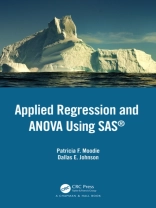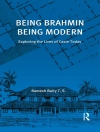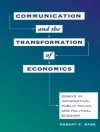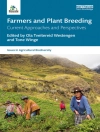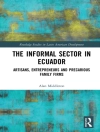Applied Regression and ANOVA Using SAS(R) has been written specifically for non-statisticians and applied statisticians who are primarily interested in what their data are revealing. Interpretation of results are key throughout this intermediate-level applied statistics book. The authors introduce each method by discussing its characteristic features, reasons for its use, and its underlying assumptions. They then guide readers in applying each method by suggesting a step-by-step a...
Applied Regression and ANOVA Using SAS(R) has been written specifically for non-statisticians and applied statisticians who are primarily interested in what their data are revealing. Interpretation of results are key throughout this intermediate-level applied statistics book. The authors introduce each method by discussing its characteristic features, reasons for its use, and its underlying assumptions. They then guide readers in applying each method by suggesting a step-by-step approach while providing annotated SAS programs to implement these steps.Those unfamiliar with SAS software will find this book helpful as SAS programming basics are covered in the first chapter. Subsequent chapters give programming details on a need-to-know basis. Experienced as well as entry-level SAS users will find the book useful in applying linear regression and ANOVA methods, as explanations of SAS statements and options chosen for specific methods are provided.Features:*Statistical concepts presented in words without matrix algebra and calculus*Numerous SAS programs, including examples which require minimum programming effort to produce high resolution publication-ready graphics*Practical advice on interpreting results in light of relatively recent views on threshold p-values, multiple testing, simultaneous confidence intervals, confounding adjustment, bootstrapping, and predictor variable selection*Suggestions of alternative approaches when a method’s ideal inference conditions are unreasonable for one’s data This book is invaluable for non-statisticians and applied statisticians who analyze and interpret real-world data. It could be used in a graduate level course for non-statistical disciplines as well as in an applied undergraduate course in statistics or biostatistics.
